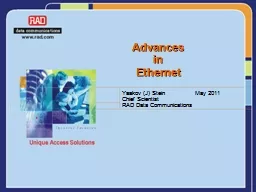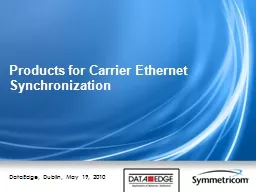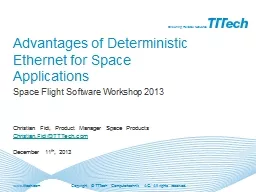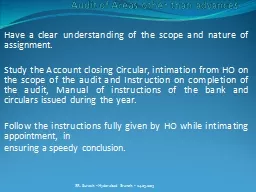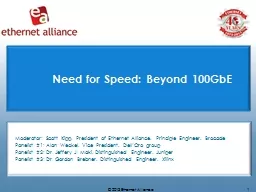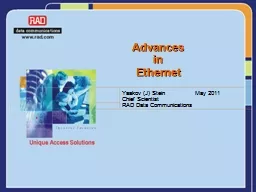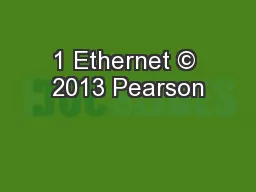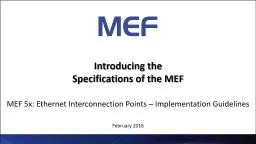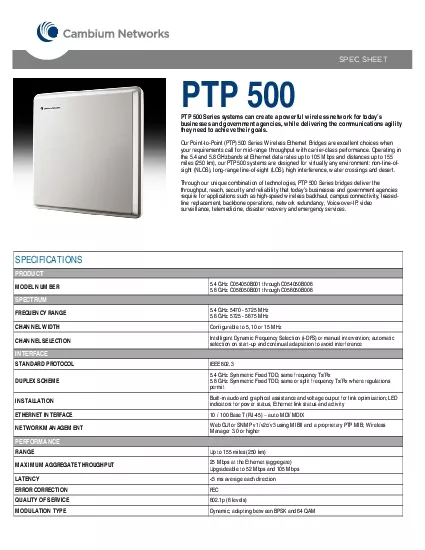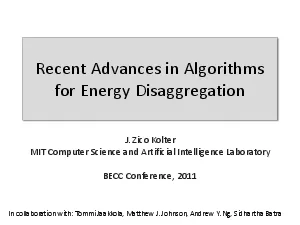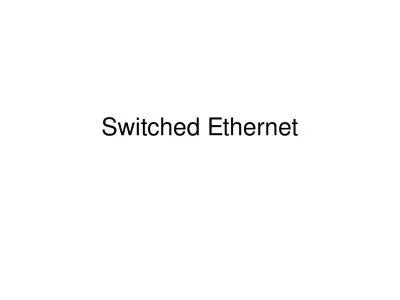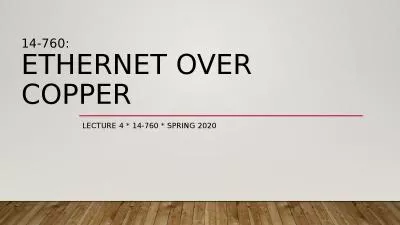PPT-Advances in Ethernet
Author : yoshiko-marsland | Published Date : 2019-11-20
Advances in Ethernet Yaakov J Stein May 2011 Chief Scientist RAD Data Communications AdvEth Slide 2 Outline Modern Ethernet VLANs and their uses Ethernet services
Presentation Embed Code
Download Presentation
Download Presentation The PPT/PDF document "Advances in Ethernet" is the property of its rightful owner. Permission is granted to download and print the materials on this website for personal, non-commercial use only, and to display it on your personal computer provided you do not modify the materials and that you retain all copyright notices contained in the materials. By downloading content from our website, you accept the terms of this agreement.
Advances in Ethernet: Transcript
Download Rules Of Document
"Advances in Ethernet"The content belongs to its owner. You may download and print it for personal use, without modification, and keep all copyright notices. By downloading, you agree to these terms.
Related Documents

